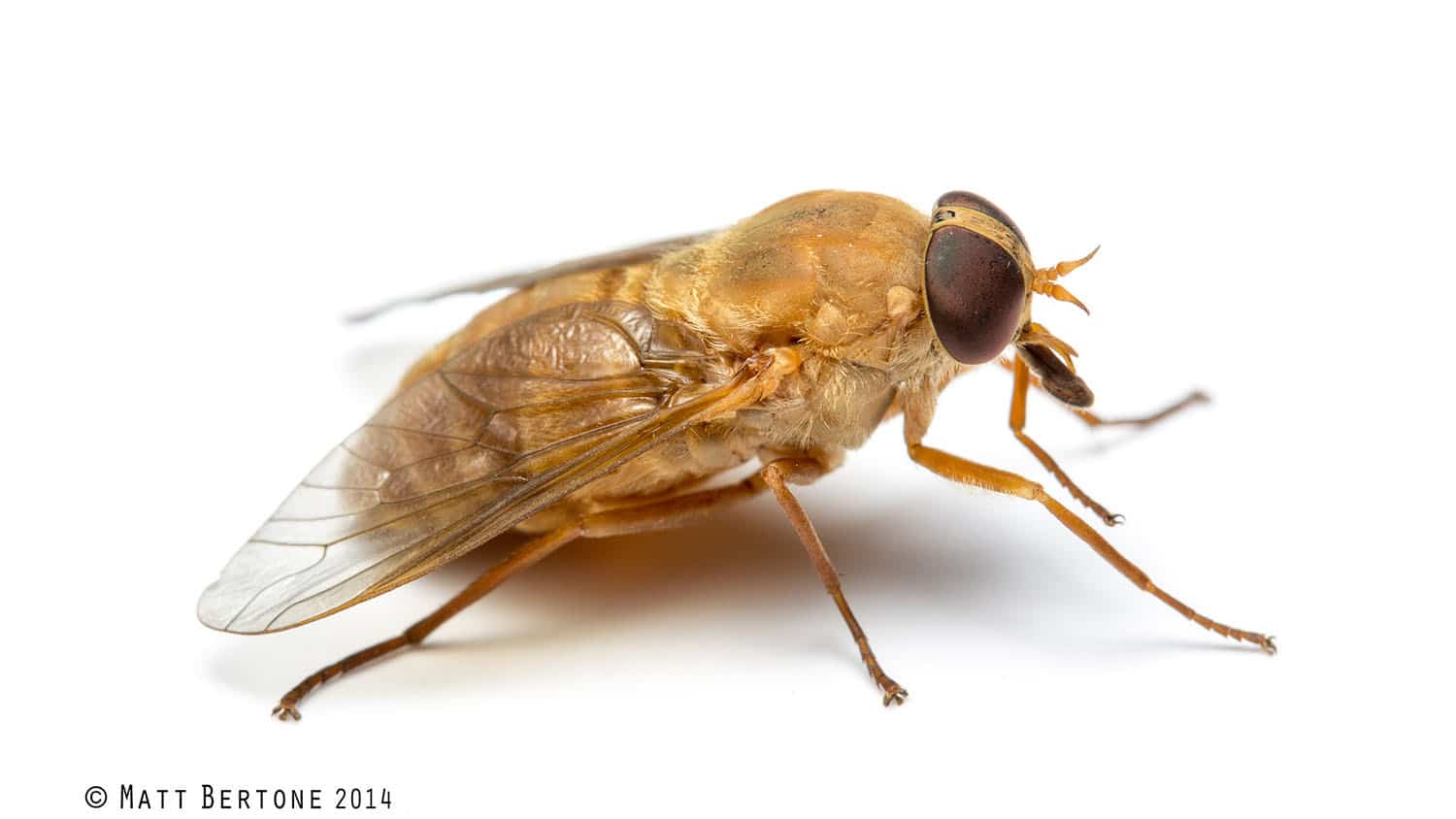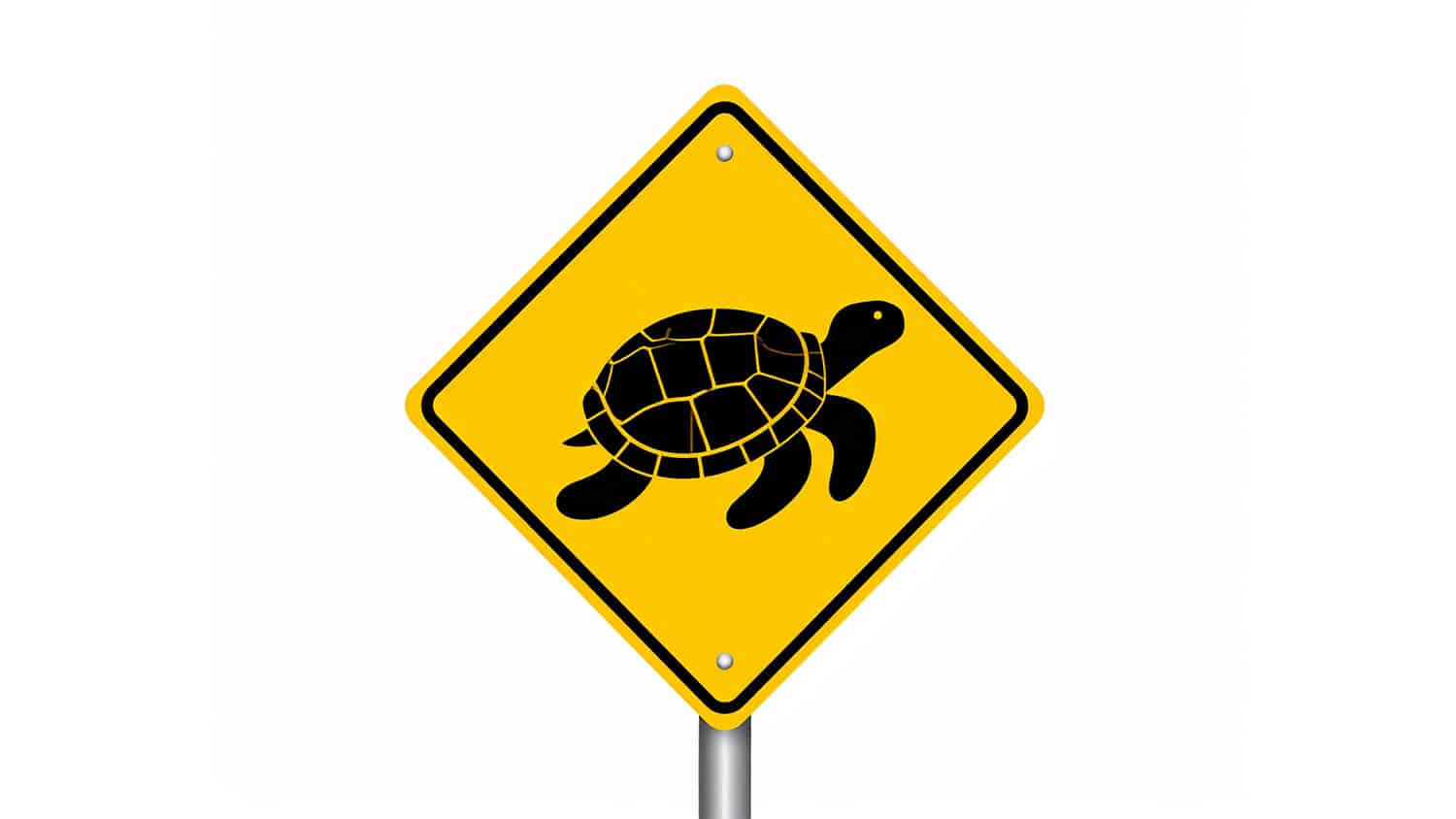How Do Horse Flies Bite? And Are They Dangerous?

Horse flies are the most diverse group of blood-feeding animals on Earth. But why do horse flies bite people? How do they track us down? And are they dangerous?
Whether you call them horse flies, greenheads, or deer flies, these insects are all part of the family Tabanidae – which consists of approximately 4,450 described species; fewer than 400 are found in the U.S.
Why Do Horse Flies Bite People?
All horse flies have two things in common that make them a pain (literally). One: females consume blood to help them get the protein necessary to develop mature eggs. Two: they have blade-like mouthparts they use like scissors to cut open skin and get at your blood.
Unlike mosquitoes or ticks, which can be pretty sneaky when feeding, you know right away when a horse fly bites you – it hurts.
Horse flies are particularly problematic in the summer because that is when they breed. Males feed exclusively on nectar, and females also feed on nectar much of the time. But when it’s time to mate, they want blood, which they need to reproduce successfully. Summer also happens to be when humans often opt for shorts and T-shirts, making us more likely targets for horse flies.
After mating, female horse flies lay their eggs in moist environments: marshes, pond shores, creeks and even in termite mounds, waterfalls or beach dunes. The eggs hatch into predatory larvae – venomous maggots that will feed on small invertebrates and even vertebrates such as minnows or frogs. The larvae go into their pupal stage over the winter, emerging as adults in late spring. And then the cycle repeats itself: bite an animal, mate, lay eggs, die.
What Attracts Horse Flies?
We’re pretty sure that they are drawn to large, dark objects (like horses). Then, when they get close enough, horse flies are drawn by the carbon dioxide that animals exhale when they breathe. Since we can’t shrink, change color or stop breathing (without dire consequences), there’s not much we can do to avoid horse fly bites.
Insect repellents can provide some protection, but repellents aren’t as effective against horse flies as they are against mosquitoes or ticks. Wearing a white shirt may help keep horse flies away (they like large, dark objects – remember?) – but since white can also attract ticks, that may not be a great idea. Your best defense is to swat them.
Are Horse Flies Dangerous?
Here’s some good news: horse flies are not the major disease vectors that mosquitoes and ticks are. They can (and do) transmit some diseases (such as loiasis) – but horse fly bites do not pose a major public health risk.
And, just to show they’re not all bad, it’s worth remembering that horse flies consume a lot of nectar. As a result, they are ecologically valuable as pollinators. Without horse flies, a lot of flowering plants wouldn’t be able to do their thing. Maybe that will provide some comfort right after one bites you.
Note: Many thanks to Brian Wiegmann, William Neal Reynolds Professor of Entomology and associate director of the Triangle Center for Environmental Medicine (TriCEM), for taking the time to talk to me about horseflies. Any errors in the above post are mine.


